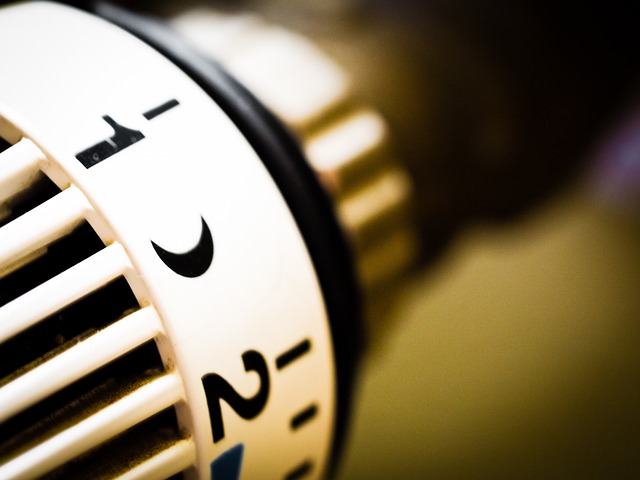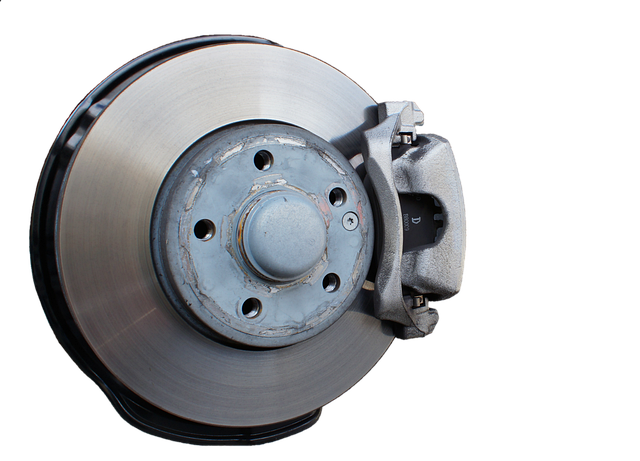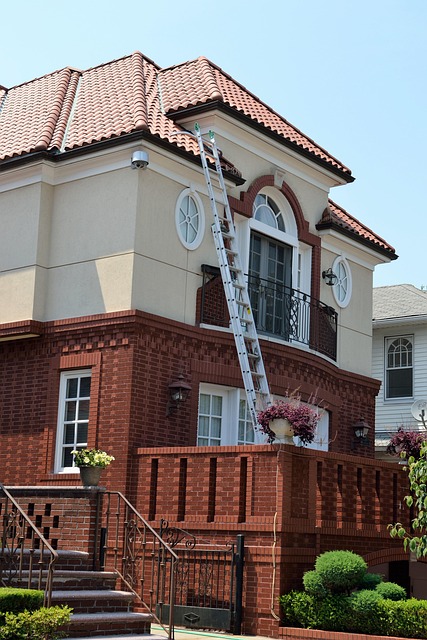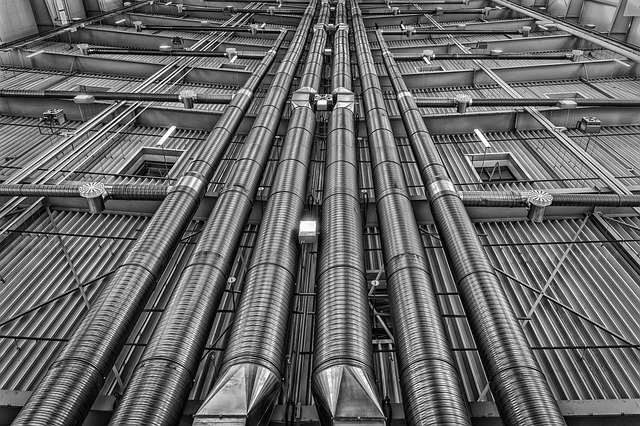Homeowners can address many thermostat issues with basic troubleshooting and regular maintenance. Upgrading outdated thermostats to smart models improves efficiency. Preventive care, such as geothermal heat pump repairs and sealing ductwork, saves energy bills and keeps homes comfortable. For complex problems, professional heating system repair services are essential, focusing on advanced systems like heat pumps. Annual battery checks, wiring inspections, filter cleaning, and hot water heater adjustments prevent future malfunctions.
Struggling with a faulty thermostat? It’s a common problem that can leave your home uneasily warm or cold. This guide covers everything you need to know to fix it yourself or recognize when it’s time to call in a professional heating system repair service. From identifying common thermostat faults and basic troubleshooting steps to advanced solutions and prevention tips, we’ve got you covered.
- Identifying Common Thermostat Faults
- Basic Troubleshooting Steps for Homeowners
- Understanding Your Thermostat's Settings
- When to Call in a Professional Heating System Repair
- Advanced Solutions for Complex Issues
- Preventing Future Thermostat Malfunctions
Identifying Common Thermostat Faults

Many thermostat issues can be easily identified and resolved by homeowners with some basic troubleshooting knowledge. Common problems include faulty wiring connections, incorrect settings, or a broken display. If your thermostat is showing erratic temperatures or failing to regulate your heating system repair needs attention. For instance, if you have a geothermal heat pump, regular maintenance like geothermal heat pump repairs and proper ductwork sealing can prevent costly breakdowns.
Additionally, an outdated thermostat might not be compatible with modern heating systems, leading to inefficient temperature control. In such cases, upgrading to a smart thermostat could be beneficial. Remember, addressing these faults early through preventive heating care can save energy bills and ensure your home stays comfortable all year round. For instance, scheduling a free estimate for repairs when issues arise can help avoid unexpected disruptions in your daily routine.
Basic Troubleshooting Steps for Homeowners

Many homeowners encounter issues with their thermostats at some point, leading to uncomfortable living conditions and potential concerns about energy efficiency. Before calling a professional for heating system repair, it’s beneficial to attempt basic troubleshooting steps. Start by checking the thermostat settings; ensure they are correctly programmed for the desired temperature and time. Verify that the thermostat is receiving power by inspecting its battery and ensuring all connections are secure. A loose connection or dead battery can cause unexpected behavior.
Additionally, consider factors like room placement and furniture blocking the thermostat’s sensors, which could impact its accuracy. For those with a woodstove or other alternative heating sources, regular maintenance tips include cleaning and inspecting vents and flues to ensure optimal performance and prevent damage. Smart home heating solutions offer advanced control and energy-saving features, while geothermal heat pump repairs and preventive care for residential heaters are crucial for maintaining efficient and reliable systems, ensuring comfort throughout the year.
Understanding Your Thermostat's Settings

Understanding your thermostat’s settings is crucial when it comes to managing your home’s temperature and ensuring efficient heating system repair. Most thermostats offer various options, including temperature settings, fan modes, and scheduling features. It’s essential to familiarize yourself with these controls to optimize energy usage and comfort. For instance, adjusting the temperature settings slightly can lead to significant energy savings without compromising on warmth during cold months.
Knowing when to call in residential heater services is also part of this process. Regular maintenance, such as solar thermal system maintenance, plays a vital role in keeping your heating system running smoothly. A well-maintained thermostat and heating system will not only enhance indoor comfort but also reduce the likelihood of sudden malfunctions, ensuring you receive 24/7 emergency service when needed.
When to Call in a Professional Heating System Repair

If your thermostat is consistently faulty or causing unusual behavior in your home’s temperature control, it might be time to call in a professional heating system repair service. While some minor issues can be easily resolved by homeowners, complex problems require specialized knowledge and tools. A professional technician will be able to diagnose intricate heating system issues, such as water heating problems, effectively and efficiently.
Regular maintenance is key to increasing heating efficiency and lowering energy bills. A qualified technician can identify leaks in your heating system, which not only wastes energy but also poses potential safety risks. By fixing these leaks, you could significantly improve the overall performance of your heating system, ensuring your home stays comfortable while reducing utility costs.
Advanced Solutions for Complex Issues

When dealing with complex thermostat issues that extend beyond basic troubleshooting, it’s time to explore advanced solutions tailored for your heating system repair needs. Many modern homes employ sophisticated heating mechanisms such as heat pumps and condensers, which require meticulous care and expertise to maintain optimal performance. For instance, a faulty condenser repair can significantly impact energy efficiency and indoor comfort.
Programable thermostat settings offer an innovative approach to addressing these challenges. By allowing precise temperature control and automation, these smart devices ensure your home stays comfortable while optimizing energy usage. Moreover, for those with heat pump retrofits, maintaining the system’s integrity is crucial. Regular maintenance and adjustments, including fixing hot water heaters, can prolong the lifespan of these energy-efficient solutions, providing a more sustainable and cost-effective heating alternative.
Preventing Future Thermostat Malfunctions

To prevent future thermostat malfunctions, regular maintenance is key. Start by checking and replacing the batteries in your programmable thermostat settings every year to ensure accuracy in temperature control. Next, inspect the wiring for any signs of damage or corrosion, especially around older models. A simple baseboard heating repair can go a long way in maintaining the efficiency of your heating system. Additionally, consider cleaning or replacing air filters regularly, as clogged filters can affect the performance and longevity of your thermostat.
For more complex issues, consulting with professionals who specialize in plumbing for heating systems is recommended. They can identify any underlying problems within the heating system and perform necessary repairs to keep your home comfortable. By incorporating these preventive measures into your routine, you’ll reduce the likelihood of sudden breaks and ensure optimal operation of your thermostat year-round.
Faulty thermostats can lead to uncomfortable living spaces and unnecessary energy costs. By understanding common faults, following basic troubleshooting steps, and familiarizing yourself with thermostat settings, you can often resolve issues on your own. However, for more complex problems, it’s crucial to know when to call in a professional heating system repair service. Preventative measures like regular cleaning and maintenance can also significantly reduce the likelihood of future malfunctions. Equip yourself with these solutions, and you’ll be well-prepared to maintain optimal temperature control in your home.
